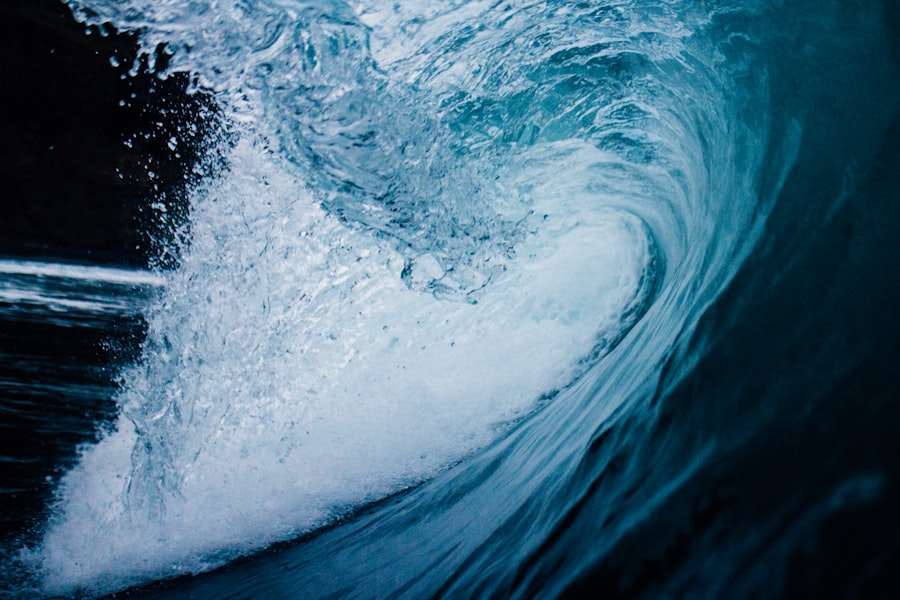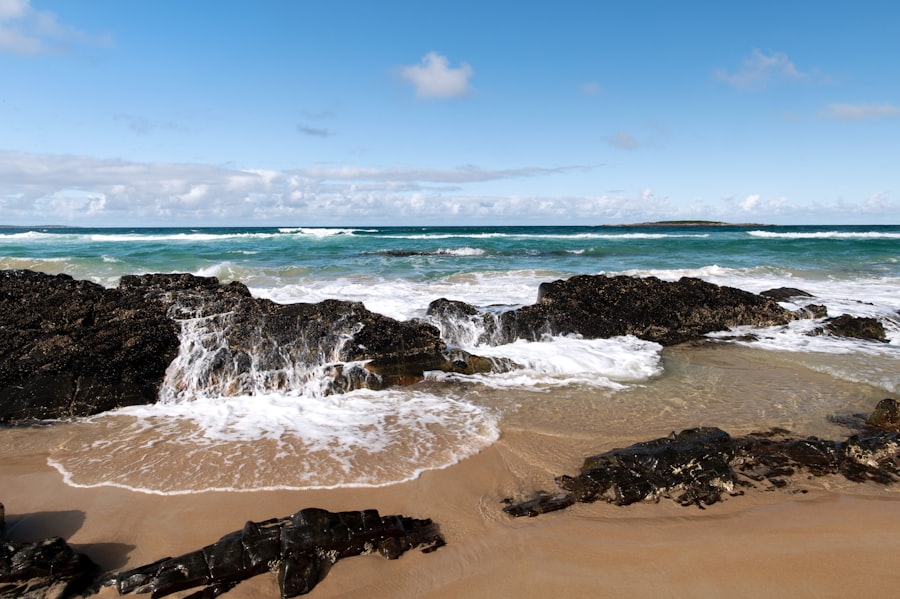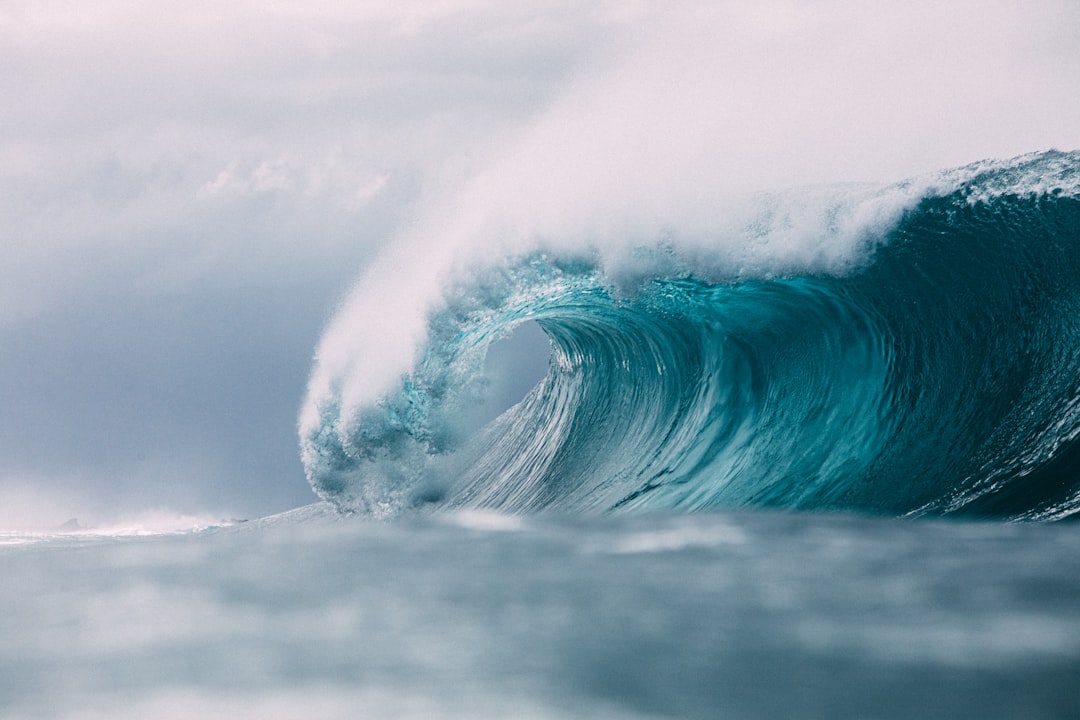The Drake Passage, a body of water situated between the southern tip of South America and Antarctica, is renowned for its tumultuous seas and unpredictable weather. Spanning approximately 800 kilometers, this passage serves as a critical maritime route for vessels traveling to and from the Antarctic region. The waters are characterized by their strong currents and high winds, which can create challenging conditions for even the most seasoned sailors.
The passage is named after Sir Francis Drake, the English explorer who navigated these waters in the late 16th century, and it has since become a focal point for adventurers and researchers alike. The significance of the Drake Passage extends beyond its geographical features; it plays a vital role in global oceanic circulation. The confluence of the Atlantic and Pacific Oceans creates a unique ecosystem that supports a diverse range of marine life.
This area is not only a gateway to Antarctica but also a crucial zone for studying climate change and its effects on oceanic systems. Understanding the dynamics of the Drake Passage is essential for anyone planning to embark on a journey through these waters, as it sets the stage for the challenges and wonders that lie ahead.
Key Takeaways
- The Drake Passage is a body of water between South America’s Cape Horn and the South Shetland Islands of Antarctica, known for its rough seas and strong winds.
- When preparing for a journey through the Drake Passage, it is important to pack warm, waterproof clothing and be mentally prepared for potentially challenging conditions.
- Choosing the right vessel for the journey involves considering factors such as size, stability, and experience of the crew.
- Navigational challenges in the Drake Passage include icebergs, strong currents, and unpredictable weather conditions.
- Safety measures such as emergency drills, life jackets, and experienced crew are essential for a safe journey through the Drake Passage.
Preparing for the Journey
Preparation for a journey through the Drake Passage requires careful planning and consideration of various factors. Travelers must first assess their physical fitness and mental readiness, as the journey can be physically demanding and mentally taxing. Engaging in pre-trip training, such as cardiovascular exercises and strength training, can help individuals build the stamina needed to endure long hours at sea.
Additionally, familiarizing oneself with the potential challenges of the passage, including rough seas and sudden weather changes, is crucial for setting realistic expectations. Packing appropriately is another essential aspect of preparation. Travelers should invest in high-quality waterproof gear, including jackets, pants, and boots, to protect against the elements.
Layering clothing is advisable, as temperatures can fluctuate dramatically. Essential items such as sunscreen, sunglasses, and hats should not be overlooked, as even in cold climates, sun exposure can be significant. Furthermore, bringing along personal items that provide comfort—such as books or music—can help ease the psychological strain of being at sea for extended periods.
Choosing the Right Vessel

Selecting the appropriate vessel for navigating the Drake Passage is paramount to ensuring a safe and enjoyable experience. Various types of ships are available, ranging from large cruise liners to smaller expedition vessels. Each option comes with its own set of advantages and disadvantages.
Larger ships may offer more amenities and stability in rough waters, while smaller vessels can provide a more intimate experience and greater access to remote areas. When choosing a vessel, travelers should consider factors such as the ship’s ice-strengthening capabilities, crew experience, and onboard facilities.
Additionally, travelers should inquire about the vessel’s safety record and emergency protocols to ensure they are making an informed decision.
Navigational Challenges
| Location | Number of Navigational Challenges | Severity |
|---|---|---|
| City A | 25 | High |
| City B | 15 | Medium |
| City C | 30 | High |
Navigating the Drake Passage presents a myriad of challenges that require skillful seamanship and an understanding of maritime conditions. The unpredictable nature of the waters means that even experienced captains must remain vigilant at all times. Strong currents, shifting winds, and sudden storms can arise without warning, making it essential for navigators to be adept at reading weather patterns and adjusting their course accordingly.
Moreover, the presence of icebergs poses an additional risk in these waters. While most vessels are equipped with radar systems to detect ice, human judgment remains crucial in avoiding potential collisions. Navigators must also be aware of shipping lanes and other vessels in the area to ensure safe passage.
The combination of these factors makes navigating the Drake Passage a complex endeavor that demands both expertise and adaptability.
Safety Measures
Safety is paramount when traversing the Drake Passage, given its reputation for rough seas and unpredictable weather conditions. Vessels must be equipped with comprehensive safety measures to protect passengers and crew alike. This includes life jackets, lifeboats, and emergency communication systems that can be activated in case of distress.
Regular safety drills should be conducted to ensure that everyone on board knows how to respond in an emergency. In addition to onboard safety equipment, travelers should also take personal precautions. Familiarizing oneself with emergency procedures and knowing where safety equipment is located can be invaluable during a crisis.
It is also advisable for travelers to stay informed about weather conditions throughout the journey, as this knowledge can help them make informed decisions about their activities on board.
Dealing with Sea Sickness

Sea sickness is a common concern for many travelers embarking on a journey through the Drake Passage. The combination of rolling waves and turbulent waters can lead to discomfort for even those with strong constitutions. To mitigate this issue, individuals should consider taking preventive measures before setting sail.
Over-the-counter medications such as antihistamines or prescription remedies can help alleviate symptoms if taken prior to departure. In addition to medication, employing natural remedies can also be beneficial. Ginger tea or ginger candies are often recommended for their soothing properties.
Staying hydrated and consuming light meals can help maintain comfort levels while at sea. Furthermore, finding a stable spot on the ship—such as near the center—can reduce motion sensitivity. Engaging in relaxation techniques or focusing on distant horizons may also assist in managing feelings of nausea.
Wildlife Encounters
One of the most exhilarating aspects of traveling through the Drake Passage is the opportunity to encounter diverse wildlife. This region is home to an array of marine species, including seals, whales, and various seabirds. Travelers may have the chance to witness majestic humpback whales breaching or playful sea lions basking on ice floes.
These encounters provide a unique glimpse into the rich biodiversity that thrives in these frigid waters. To enhance wildlife viewing experiences, travelers should remain respectful of animals and their habitats. Observing from a distance allows for safe interactions without disturbing natural behaviors.
Many vessels offer guided excursions led by knowledgeable naturalists who can provide insights into the species encountered along the way. These experts can enrich travelers’ understanding of marine ecosystems while ensuring responsible wildlife observation practices.
Weather Patterns
The weather patterns in the Drake Passage are notoriously unpredictable, often changing rapidly within short periods. Travelers should be prepared for a range of conditions, from calm seas to fierce storms. The passage experiences strong winds due to its geographical location, which can lead to choppy waters and reduced visibility during inclement weather.
Monitoring weather forecasts before and during the journey is essential for making informed decisions about activities on board or excursions ashore. Travelers should remain flexible in their plans, as itineraries may need to be adjusted based on prevailing conditions. Understanding that weather can impact travel experiences allows individuals to approach their journey with an open mind and adaptability.
Capturing the Experience
Documenting a journey through the Drake Passage can enhance the overall experience and create lasting memories. Travelers often find themselves captivated by breathtaking landscapes and unique wildlife encounters that are worth capturing through photography or journaling. Investing in a good camera or smartphone with quality features can help immortalize these moments.
In addition to visual documentation, keeping a travel journal allows individuals to reflect on their experiences and emotions throughout the journey. Writing about encounters with wildlife or sharing thoughts on navigating challenging waters can provide valuable insights long after returning home. Sharing stories with fellow travelers can also foster connections and create a sense of camaraderie among those who have braved the passage together.
Historical Significance
The historical significance of the Drake Passage cannot be overstated; it has been a pivotal route for explorers, scientists, and adventurers throughout history. Early explorers sought new trade routes and territories, while modern-day researchers study climate change impacts on polar regions through expeditions across these waters. The passage has served as both a barrier and a bridge between continents, shaping maritime history in profound ways.
Notable figures such as Ernest Shackleton have left their mark on this region through daring expeditions that tested human endurance against nature’s might. Their stories continue to inspire contemporary adventurers who seek to follow in their footsteps while navigating the same treacherous waters that once challenged these pioneers.
Tips for Future Expeditions
For those considering future expeditions through the Drake Passage, several tips can enhance their experience significantly. First and foremost, thorough research is essential; understanding what to expect regarding weather conditions, wildlife encounters, and vessel options will prepare travelers mentally and physically for their journey. Additionally, connecting with fellow travelers through forums or social media groups can provide valuable insights from those who have previously navigated these waters.
Sharing experiences and advice can help newcomers feel more confident about their upcoming adventure.
The Drake Passage offers not only challenges but also unparalleled beauty and discovery—qualities that make it an unforgettable destination for those willing to embark on its waters.
The Drake Passage is renowned for its tumultuous ocean waves, which are a significant challenge for sailors navigating between the Atlantic and Pacific Oceans. These waves are influenced by the powerful Antarctic Circumpolar Current, making the passage one of the most treacherous maritime routes in the world. For those interested in exploring more about the dynamics of ocean waves and their impact on global navigation, a related article can be found on MyGeoQuest. This article delves into the science behind ocean currents and their effects on wave patterns. You can read more about it by visiting this page.
WATCH NOW! Drake Passage: Earth’s Deadliest Waters Revealed
FAQs
What are Drake Passage ocean waves?
Drake Passage ocean waves refer to the large and powerful waves that occur in the Drake Passage, a body of water between South America’s Cape Horn and the South Shetland Islands of Antarctica.
What causes the ocean waves in the Drake Passage?
The ocean waves in the Drake Passage are primarily caused by the strong and persistent westerly winds that sweep across the Southern Ocean. These winds generate large waves as they interact with the open expanse of water in the passage.
How big are the ocean waves in the Drake Passage?
The ocean waves in the Drake Passage can reach significant heights, often exceeding 30 feet (9 meters) during storms. These waves are known for their power and can pose a significant challenge to ships and vessels navigating the passage.
Are the ocean waves in the Drake Passage dangerous?
Yes, the ocean waves in the Drake Passage are considered dangerous due to their size, power, and the extreme weather conditions that often accompany them. Navigating the passage can be treacherous for ships and can result in rough and challenging conditions for travelers.
What impact do the ocean waves in the Drake Passage have on marine life?
The ocean waves in the Drake Passage play a significant role in shaping the marine ecosystem of the region. They can affect the distribution and behavior of marine species, and the turbulent waters can create nutrient-rich upwellings that support a diverse array of marine life.
